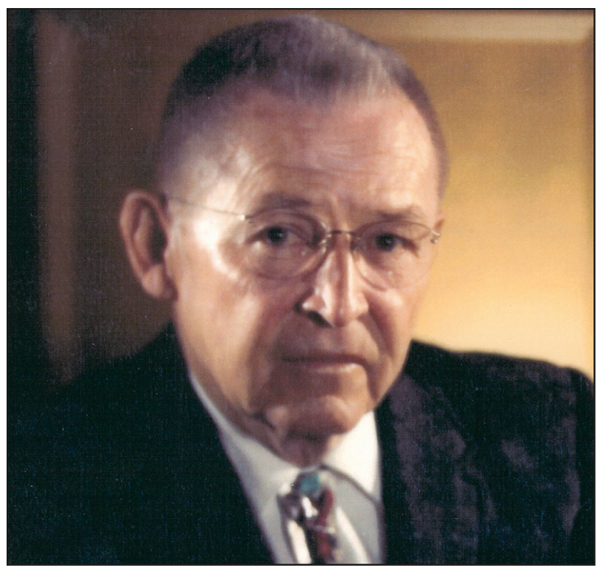
The KISS Principle
In graduate school, at the University of Texas Dental Branch in Houston, I was taught the Tweed Technique.1 I took the Tweed typodont course twice while in school and again while in private practice when my study club traveled to Tucson, Arizona, to hear from the master (Fig 3-1). I was taught structured, systematic sequences that allow orthodontists to achieve certain goals in treatment. This basic education, although very difficult, was an excellent way to learn the fundamentals of orthodontics. When I began private practice, however, I asked myself if there could be a better way to achieve the same high-quality results using mechanics that were gentler and less complicated. Therefore, I began my search by questioning the mechanics of the Tweed technique.
A popular maxim is “Keep it simple, stupid” (KISS). The idea is to avoid unnecessary complexity. With a desire to reduce the complexity of biomechanics, I attempted to create treatment mechanics that could be performed in a simple, straightforward, and routine format. This was accomplished by a process of questioning most of the concepts I had learned, keeping those concepts that were necessary, and removing those that were not. The goal was to develop a treatment plan that would progress in the most direct course possible. In keeping with the KISS principle, treatment sequencing in the Alexander Discipline is so predictable and simple that for most patients the clinical assistants can determine the next appointment’s procedure.
Benefits
The KISS principle permeates every principle espoused in this book. Occasionally, orthodontists ask, “Why bend omega loops?” or “Why ligate with steel ligature wire?” These procedures take additional time when initially performed; in the end, however, it is much more effective to have omega loops available so that the archwire can be tied back and kept consolidated throughout treatment. The use of steel ligature wire allows better engagement of the archwire in the bracket slot and eliminates the need to change the orthodontic elastomers at each appointment. The idea is to expend a small, extra effort earlier that will pay big dividends throughout the rest of the treatment.
Good patient compliance is vital for successful treatment. Simplified techniques reduce the complexity and number of instructions necessary for the patient to follow. The patient can more easily perform the duties necessary for successful results, making the success rate significantly greater.
If things are kept simple, all involved—patient, orthodontist, and staff—can do their jobs more effectively.
Conclusion
Simple does not necessarily equal easy. Keeping things simple can be hard work. A good deal of time and effort must be devoted to allow treatment to flow smoothly and successfully to the desired goal.
Too often in orthodontic management, there is confusion between efficiency and effectiveness. Stephen Covey1 did not choose to refer to people who were “highly efficient” in the title of his book; he chose the words “highly effective.” Efficiency is doing things right. Effectiveness is doing the right things. The Alexander Discipline is designed for effectiveness, to do the right things.
Emerging technology will surely allow our methods and appliance design to be more efficient and effective; however, the fundamental truths of final tooth positioning for functional/>
Stay updated, free dental videos. Join our Telegram channel

VIDEdental - Online dental courses



